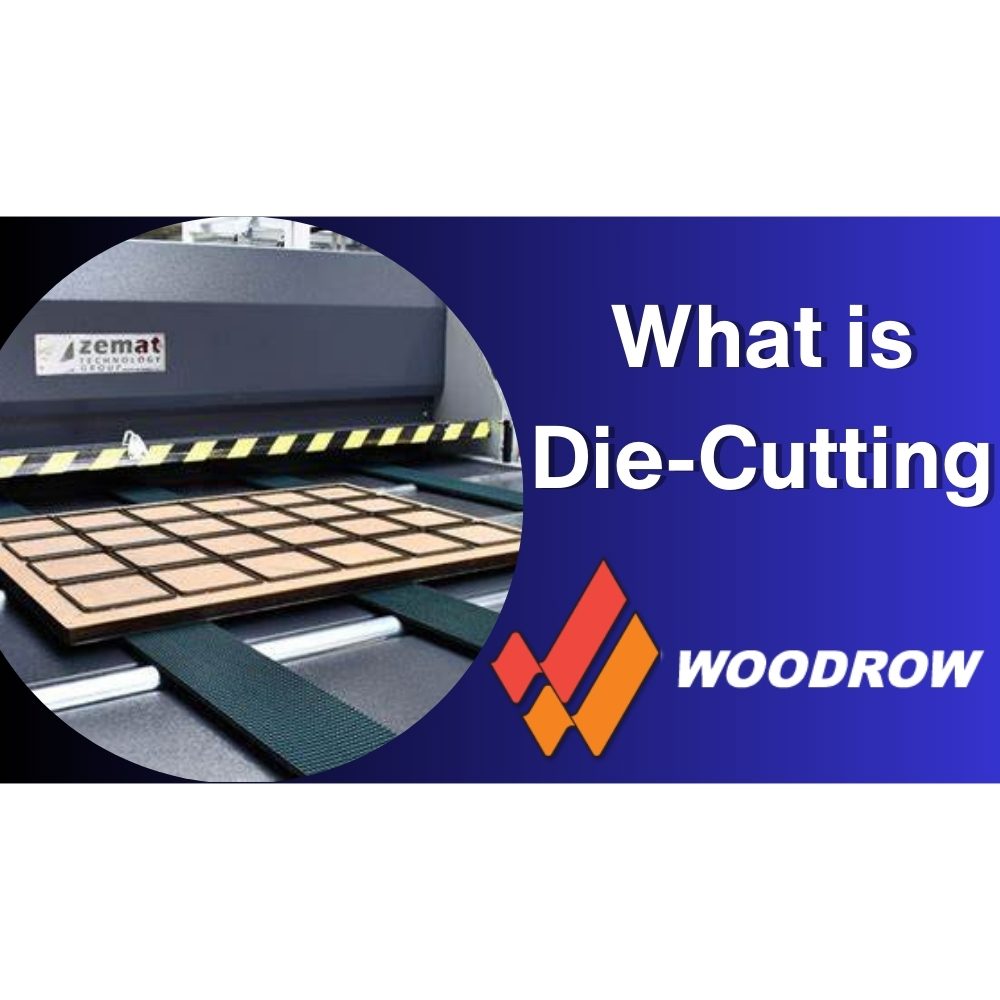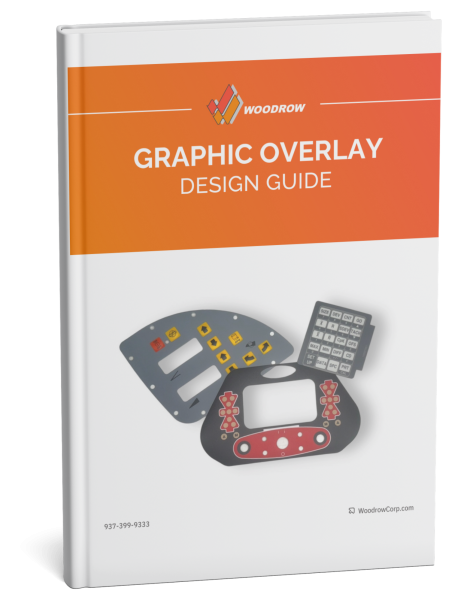
Die-cutting components are important in the printing world, actively bringing designs to life. To understand the craftsmanship behind every printed piece, it’s essential to understand the details of this process.
The Basics:
Die-cutting involves actively cutting or shaping materials into specific designs using a custom metal tool called a die. This process, widely used in the printing industry, actively creates unique designs for various materials such as paper, cardboard, fabric, and certain plastics.
Key Parts of Die-Cutting:
Die:
The heart of the die-cutting process is the die itself. Dies are usually crafted from high-quality steel and customized to meet the exact specifications of a particular design. These precision tools serve as the template for cutting or shaping the material, creating consistency and accuracy in the final product.
Die-Cutting Machine:
Die-cutting machines come in various forms, from manual hand-cranked devices to complex digital systems. These machines are equipped with rollers that apply pressure to the die, enabling the efficient cutting or shaping of materials. Modern machines often feature advanced automation, enhancing speed and precision in the production process.
Substrates:
The materials undergoing the process are known as substrates. These can include vinyl, paper, adhesive materials, and more. The choice of substrate depends on the specific requirements of the project, such as the desired texture, durability, and visual appeal.
Applications of Die-Cutting in Printing:
Enhanced Packaging:
Die-cutting is widely used in packaging design to create visually appealing and functional packages. detailed shapes, windows, and folds can be achieved through this process, providing a unique and memorable presentation for products.
Printed Materials:
Die-cutting allows for the creation of attention-grabbing printed overlays. Unique shapes and cutouts can elevate the overall design, making a lasting impression on the audience.
Labels and Stickers:
Die-cutting is important in the production of labels and stickers, enabling the creation of custom shapes and sizes. This flexibility is particularly beneficial for branding and marketing purposes, helping products stand out on shelves.
The parts play a important role in the printing process, infusing a wide range of materials with a layer of uniqueness. So, the next time you hold a beautifully crafted die-cut piece in your hands, take a moment to appreciate the precision and effort that went into creating it.

